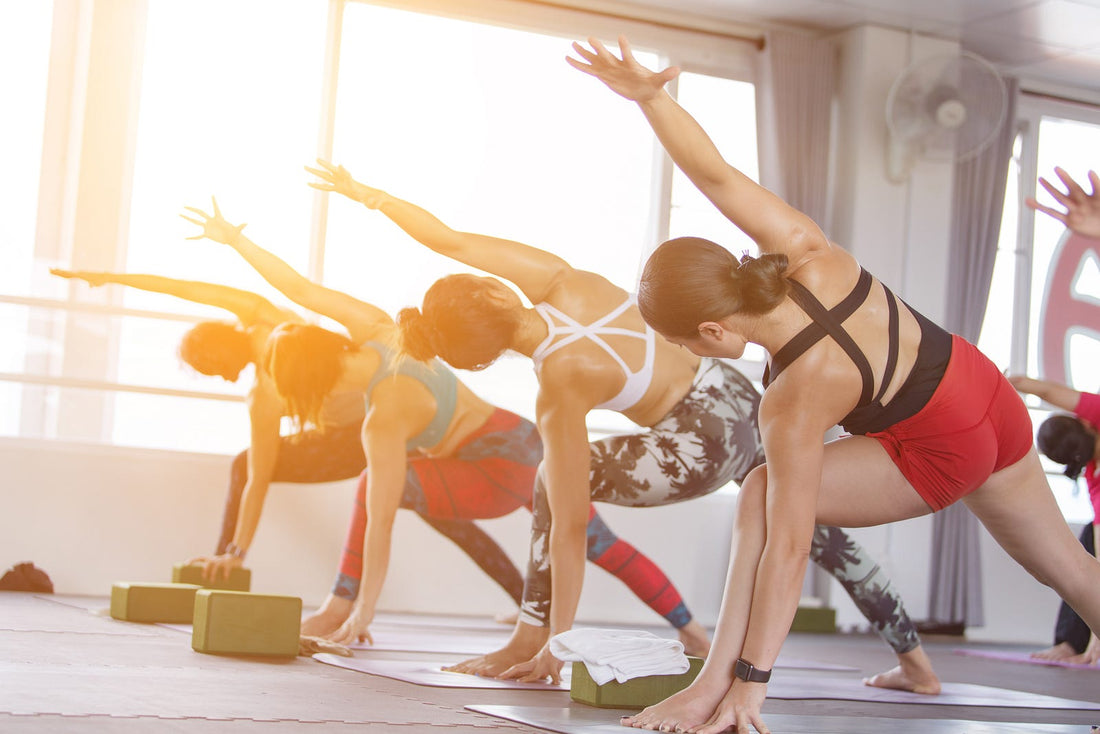Reaching New Climbing Heights Through Yoga
So rock climbing and/or bouldering are your biggest passions and you’re always seeking ways to elevate your skills? Look no further!
Keep on reading to find out how a consistent yoga practice can revolutionize your climbing progress.
But First, What Exactly is Yoga?
Originating from India, yoga is an ancient spiritual practice designed to bring your mind, body, and soul into alignment. Everyone can benefit from yoga, regardless of their age, religion, and athletic ability and there are many different yoga styles to choose from.
The key components of a personal yoga practice are called asana (practicing yoga poses), pranayama (breathing exercises), and meditation. This is how they seamlessly integrate with climbing:
Training the Mind with Meditation
As a climber, you probably meditate all the time, without even realizing it. Rock climbing and bouldering can be deeply meditative. Because of their challenging nature, the mind tends to get quiet and 100% immersed into the climb.
Practicing meditation and mindfulness intentionally, for example at the end of a yoga class, can be helpful to strengthen your mind’s ability to focus deeply. In addition, regular meditation makes the mind more resilient to stress: You develop a non-reactive awareness of your thoughts and emotions.
The state of your mind truly can make or break your climbing success. Imagine acing these black routes in the bouldering gym with a clear, calm mental state.

Training the Body with Asanas
Practicing yoga poses regularly can benefit your climbing practice in many ways:
Improved mobility and flexibility
The hips, shoulders, hamstrings, and back -areas are often tight in rock climbers. By practicing asanas regularly you can, over time, open up these areas. An enhanced range of motion in the joints and muscles allows for better reach and movement on the rock wall.
Improved strength and balance
There are many balancing yoga poses that challenge the core muscles, which are crucial for maintaining stability while climbing. Additionally, many yoga poses help build isometric strength, which is essential for control and efficiency while on the wall or boulder.
Injury prevention and healing
Stretching and strengthening the body through yoga can aid in preventing injuries common in climbing, such as strains, sprains, and overuse injuries. If you are currently dealing with an existing injury, yoga can offer a gentle way to rehabilitate and recover by promoting healing and strengthening supporting muscles and tissues.

Training the Breath with Pranayama
Practicing breathing exercises (pranayama) comes with a wide array of benefits: stress reduction, better emotional regulation, and a strengthened respiratory system, just to name a few.
Being able to control your breath better will enhance your rock climbing in many ways. Your way of breathing determines the flow of oxygen to the working muscles. Breathing well during your climbs will help optimize your endurance and reduce fatigue. This comes in handy when climbing, especially during challenging routes or when tackling difficult moves.
On top of this, conscious breathing patterns also help with focus and concentration, while reducing feelings of anxiety and stress.

Let’s Roll Out the Mat! Where to Begin
You want to give yoga a try now? Awesome!
There are countless yoga styles to choose from, depending on your mood, needs, and goals. If you’ve never stepped foot on a yoga mat before, it’s a good idea to start with hatha yoga, which is often referred to as the most beginner-friendly style of yoga.
If you’re looking for a particularly challenging style, consider ashtanga yoga. Vinyasa yoga is amazing for conditioning as you move into a different posture with every single breath and yin yoga is an excellent choice if what you’re craving is a deep stretch and relaxation.
Simply keep on exploring different classes, teachers and approaches until you find the one(s) that resonate with you. Good luck!

